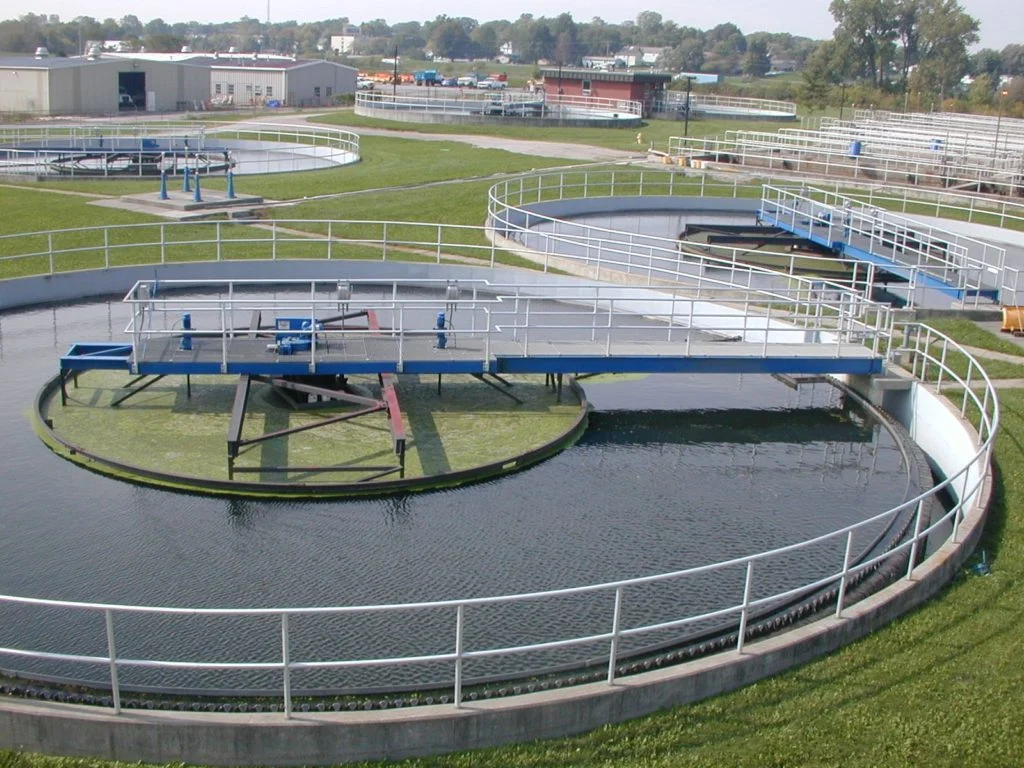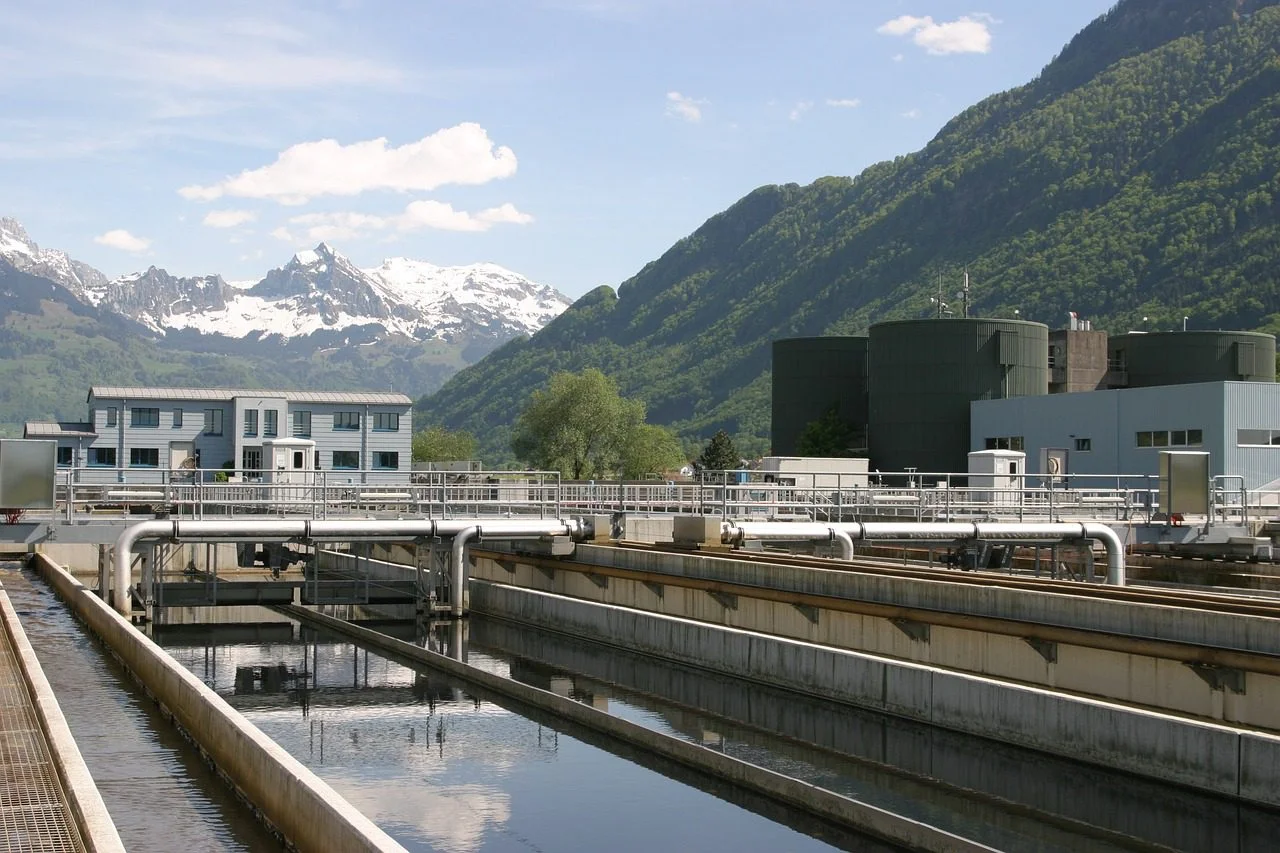Wastewater Treatment System
Wastewater is termed as the water that has been affected by human use. The source of wastewater can be domestic, industrial, and surface runoff.
The purpose of treatment of wastewater is to prevent water-borne diseases, protect the receiving water body or land where the wastewater is being disposed of. The main purpose of treating wastewater currently is to reuse it in order to conserve the water bodies.
Steps of Wastewater Treatment System
In order to treat the wastewater, the first step is the measurement of flow and characterization of wastewater either by grab sampling or composite sampling. Grab sampling is a measurement technique in which a single or more are taken at a specific time while Composite sampling is the measurement technique in which sampling is done at regular intervals over a period of time usually 24 hours. Mean values are used to design the wastewater treatment system.
The second step is to determine the treatment system for a specific type of wastewater. There are three types of treatment system:


Revolutionizing Water Purity
Delve into the realm of wastewater treatment, a pivotal process that safeguards water ecosystems and transforms contaminated water into a pristine resource. Our exploration unveils innovative technologies driving efficiency and sustainability, addressing diverse pollutants within our water systems. From communal networks to individual households, wastewater treatment adapts seamlessly, offering tailored solutions at every scale. This transformative process not only cleanses water but also plays a crucial role in conservation, ensuring a sustainable future where water resources remain protected. Join us on a journey where wastewater treatment is the key to unlocking environmental purity and securing the clarity of tomorrow’s water.
The implementation of a Containerized/Packaged Type System enhances the efficiency and flexibility of a Wastewater Treatment System, allowing for modular, portable, and scalable solutions in diverse environmental contexts. A Moving Bed Biofilm Reactor (MBBR) is an innovative and efficient water treatment technology that fosters biofilm growth on suspended carriers, enhancing biological treatment processes in wastewater.
WASTEWATER TREATMENT
Following waste water treatment technologies:
- Sludge free Effluent Treatment Plant
- Electrocoagulation
- Membrane Bioreactor
- Containerized/Packaged Type Systems
- Zero Liquid Discharge
- OMBBR
5lMdge Free Effluent Treatment Plant
BioCIeaner is a wastewater treatment system which is processed by natural bacteria to treat the wastewater. The treatment unit can treat all types of wastewater i.e. residential, commercial, industrial, and municipal waste water. It 1s a low footprint and Green Patent rating “A”technology.
Advantages
No Odor
No Sludge
Treating Wastewater to desired level
Low Cost of Capital Acqutsitton, maintenance and operational cost
Lower Foot Prints and environmental Friendly Technology
Electrocoagulation
EJectrocoagulation has been the focus of environmental sector for the last few years for the treatment of different types of wastewater as It combines the benefits of electrochemistiy, coagulation and flotation. It has become a potential technique for the treatment
of industrial effluents due to its environmental compatibility, how cost, versatility and treatment efficiency.
Zero Liquid Discharge (ZLD)
Zero liquid discharge is a closed-loop cycle with no discharge. Methods usually involved in this system Include thermal process (evaporation), (membrane processes Traverse osmosis), electro-dialysis, forward osmosis, and membrane distillation.
- physiochemical and biological pretreatment
- Membrane processes such as fteverse Osmosis
A wastewater treatment system is a facility designed to remove pollutants and contaminants from industrial, municipal, or domestic wastewater to make it safe for discharge or reuse.
Wastewater treatment is crucial for protecting the environment and public health. It prevents the release of harmful pollutants into water bodies, ensuring the safety of our water resources.
Wastewater treatment systems use physical, chemical, and biological processes to remove impurities from water. These processes aim to separate solids, break down organic matter, and eliminate harmful substances.
A typical wastewater treatment system consists of primary treatment (physical processes), secondary treatment (biological processes), and sometimes tertiary treatment (advanced processes) to further refine the water quality.
Yes, wastewater treatment systems are designed to handle a variety of pollutants, including organic matter, nutrients, pathogens, and chemicals. The specific treatment processes may vary depending on the composition of the wastewater.
Yes, there are various types of wastewater treatment systems, including activated sludge systems, trickling filters, and membrane bioreactors. The choice of system depends on factors such as the volume and characteristics of the wastewater.
Advanced technologies, such as sensors, automation, and artificial intelligence, play a significant role in optimizing wastewater treatment processes. These technologies enhance efficiency, monitoring, and overall system performance.
Wastewater treatment can be tailored for both large-scale municipal plants and smaller-scale systems, such as decentralized treatment units for individual homes or small communities.
Wastewater treatment allows for the safe reuse of treated water in various applications, reducing the demand on freshwater resources. This contributes to water conservation and promotes sustainability.
Challenges include adapting to changing pollutant profiles, addressing emerging contaminants, and ensuring infrastructure resilience. Balancing cost-effectiveness with environmental protection is an ongoing challenge in wastewater treatment.
